All about the community of model railroading and rail enthusiasm
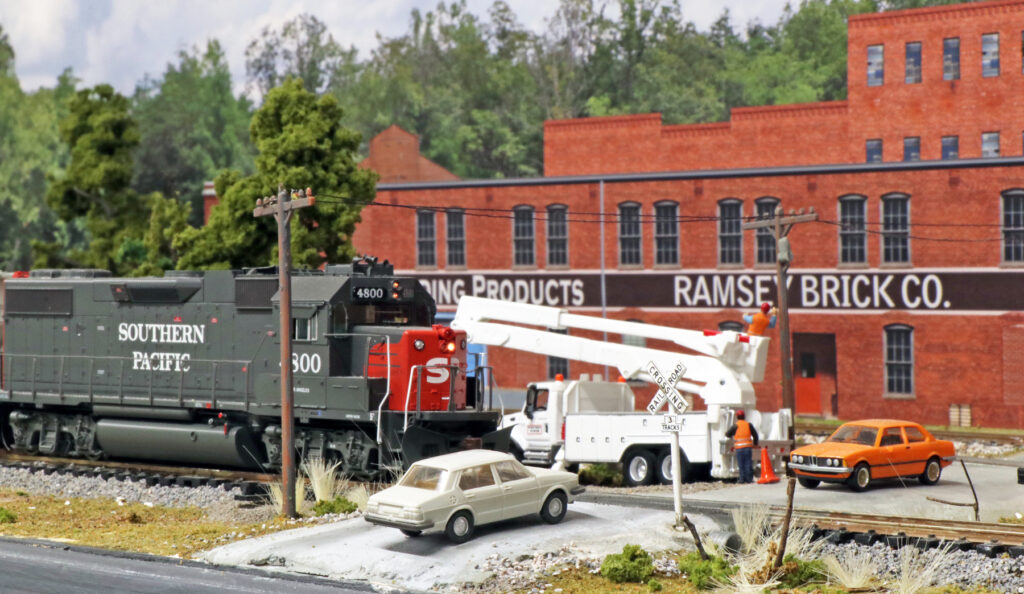
By TIM BLACKWELL/Cowcatcher Magazine
Throughout the Midwest, galvanized metal bins hold harvests of corn, soybean and other grains until they’re ready for market. Culverts nestle under roads and driveways so water can pass through.
The gun-metal hue of galvanized metal along America’s Grain Belt leaves a lasting impression, as much as a good steak and a buttery ear of corn. Several years after two design engineers and model railroaders left college in Ames, IA, the widely used manufacturing substrate somehow found its way to Colorado.
When Nathan Holmes and Michael Petersen began running tests on their Iowa Scaled Engineering’s new 3D printer one evening outside Colorado Springs, the silver filament produced some unexpected results. Designs created to help expand ISE’s electronics-based product line looked familiar.
Etched grooves on the grayish plastic reminded of the grain bins that were just a few country miles away from Iowa State University.
“Having grown up in Iowa, we were familiar with the agricultural theme there,” Petersen said. “I had printed some things that looked like galvanized steel. What came to mind was grain bins. So we tried one and it worked.”
Now bins and culverts are the headline products for Grain Belt Models, a new line for the company, which made a splash in 2018 with its ProtoThrottle wireless handheld DCC controller. Just as fast as modelers caught on to the feel of “notching” a nine-position throttle brake with a handle, Grain Belt Models’ new farm line has enjoyed swift sales.
HO and N bins, culverts and decals are online and at hobby stores. The models, made from a more refined printer filament than used on the first sample, are among the most realistic farm-to-market accessories on the market.
The bin models are constructed using interlocking rings and come in standard sizes for both scales. Extension pieces can be added to increase height. The culverts replicate galvanized steel and come in O, HO and S scales in various diameters. While ISE doesn’t produce culverts in N scale, small HO versions are suitable.
The culverts are produced in various sizes in assortment packs, while grain bins come in 18- to 48-foot versions for HO scale and 24- to 48-foot in N scale. Bins in each scale have 2.66-inch and 4-inch corrugations.
The Cowcatcher received two assortment sets of 25-foot-scale HO culverts and an 18-foot-diameter HO grain bin with narrow corrugation for review. Both were easily installed on our Northwest Tarrant & Pacific.
Corrugated steel grain bins are common at farms, elevators, industries and beside railroad tracks around the world. They provide a safe place to store wheat, corn, soybeans – just about any dry grain. Some bins can hold 50,000 bushels.
Vertical elevators typically fill bins from the top, and gravity empties the bins through a door at the bottom. Augers move the grain to vehicles for transport to market.
Our grain bin has 2.66-inch corrugation and came in a plain, brown cardboard box with seven rings and a roof. The bin is a basic storage unit and doesn’t include the ladders and piping common on some farming bin systems (ISE is working with another company to produce detail parts like piping, fans, blowers and dryers).
The rings are easy to stack and the roof snaps into place snugly, no glue required. However, we recommend adding a touch of plastics glue to secure each ring if the models are going to be moved.
Assembly took less than five minutes. Dabs of rust-colored paint were applied for a rusty, weathered finish.
The bin, which lists for $24 on ISE’s website, sits next to the dock at the Lars & Long Grain Co. adjacent to Bear Creek Yard on the NT&P.
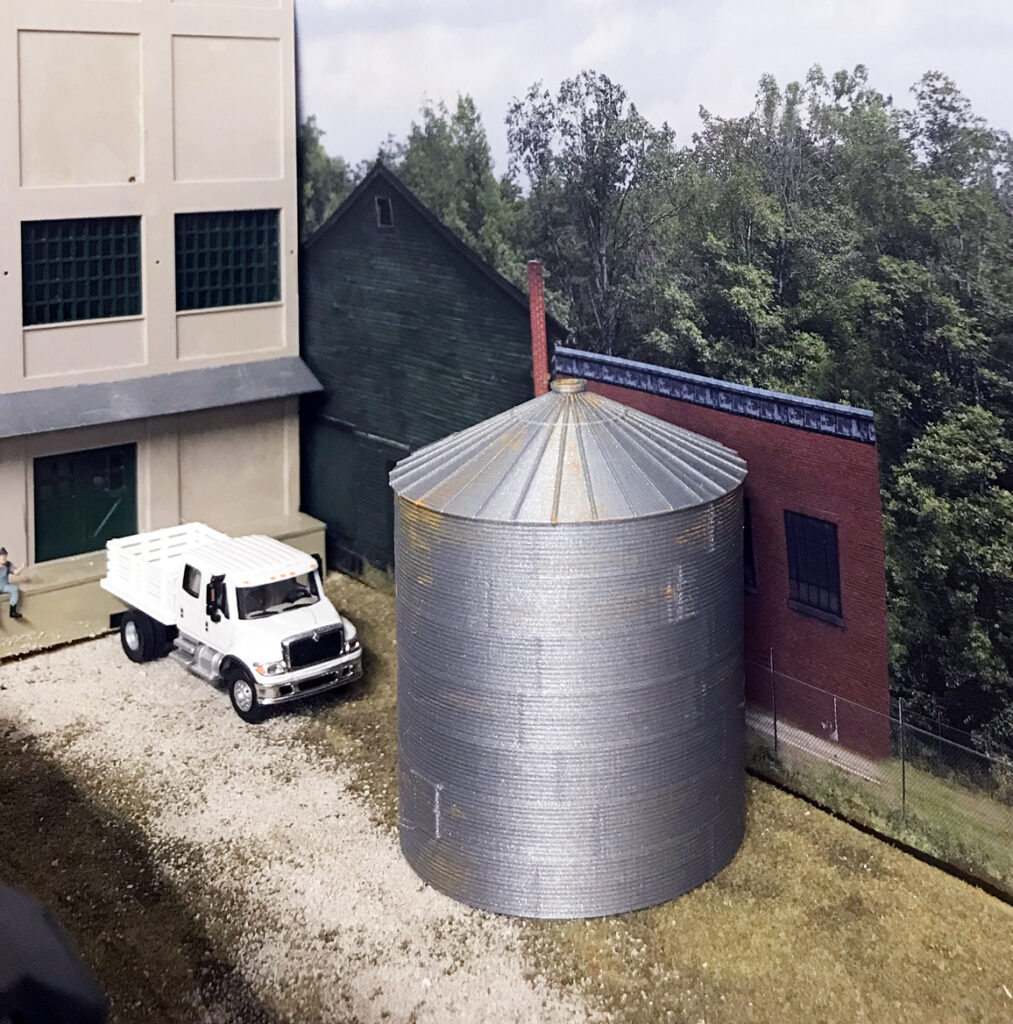
Prior to receiving the HO bin, we purchased an N-scale 24-foot bin for the Cowcatcher’s Whitehurst & Pine Ridge N-scale model railroad. Like the HO bin, the model was easily assembled and installed, and looks realistic.
ISE also sent one pack of culverts containing 12-, 24-, 36-, 48- and 60-inch pipes, and another with 60-, 72-, 84- and 96-inch pipes. The pipes are the same color as the grain bins and made from identical plastic. Assortments are $5-$6.50 on ISE’s website.
Installing the culverts required a little more work than plunking down the bin.
Galvanized steel culvert pipes are typically found where roads or railroads cross low-lying areas to drain rainwater and minimize erosion. They’re covered with the road sub-bed and usually paved over with asphalt or concrete. In rural settings, the road is topped with gravel.
Because the only two roads leading up to grade crossings in Norwood were already paved, installing culverts meant some “heavy” construction. The grade crossing on two-lane Tarrant Road, south of the depot, was chosen for a 24-inch culvert on the side facing the front edge of the layout.
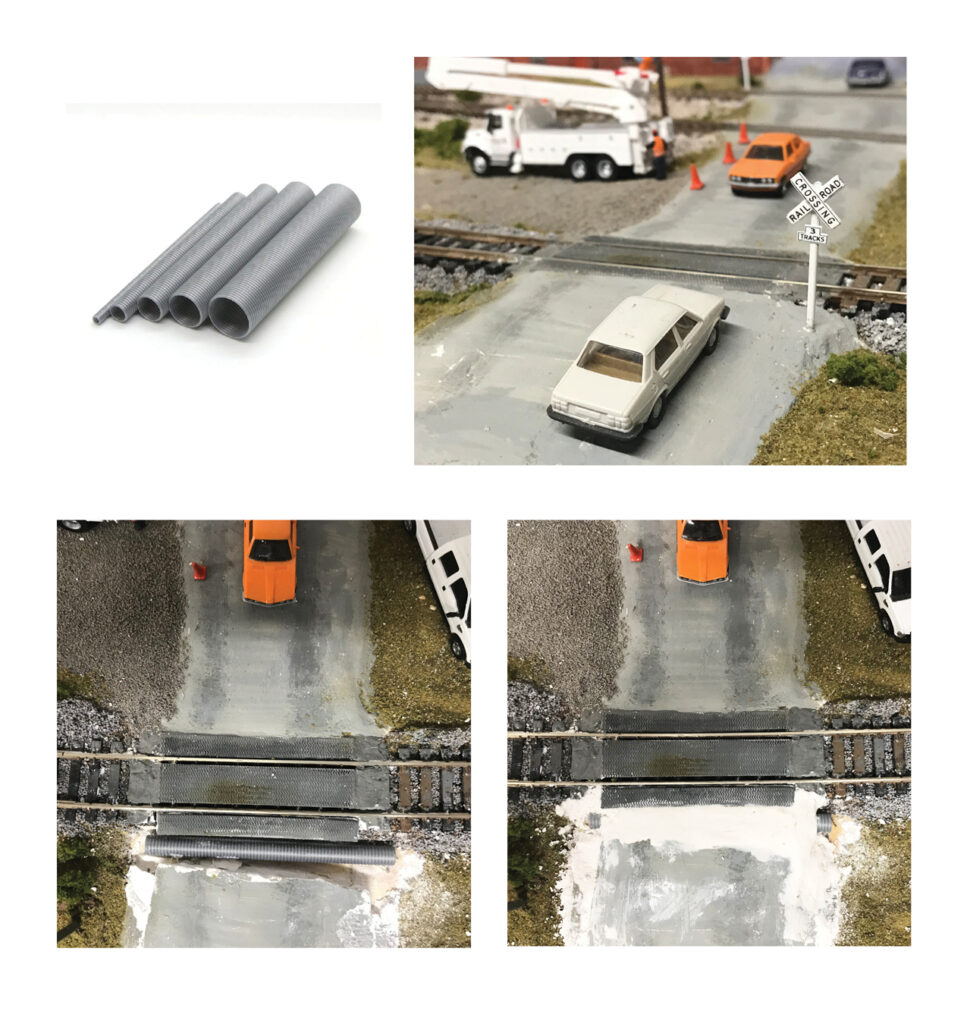
First a trench was cut on the road in front of the metal plate that butts against the rail at the crossing. Because the road was made from Hydrocal, removing a narrow section spanning its width with a hobby knife was a snap.
Once the trench was cut and cleared of debris, the culvert was laid in and held in place with Hob-e-Tac Adhesive. The size and width of the culvert fit nicely (there was probably enough room to install a 36-inch culvert without having to deepen the trench). Mixed Hydrocal was poured over the culvert, leaving the ends exposed, and smoothed.
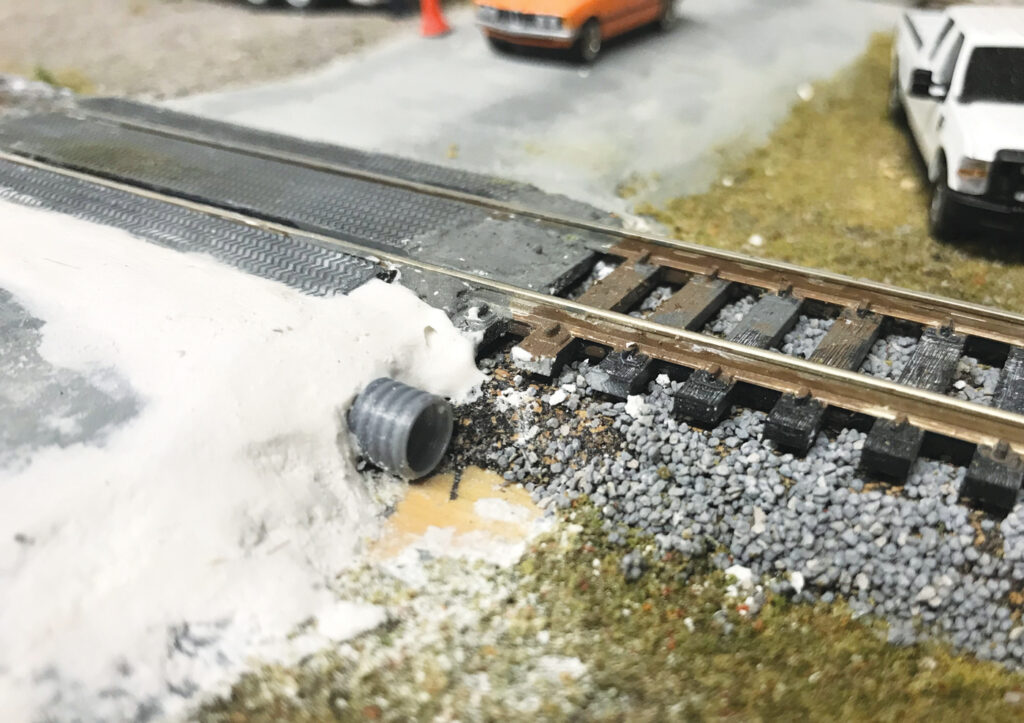
After drying, the new section was repainted gray with a mix of Woodland Scenics white and Stone Gray water-based scenery paint. Because the roads in real life are often patched with fresh asphalt or concrete, matching the color perfectly was not necessary, but we came pretty close.
Once the road was finished, the area around the culvert was painted Woodland Scenics Earth Undercoat and sprinkled with gravel, weeds and clumps of grass.
The culvert now ensures that at least one side of Tarrant Road won’t wash out in a downpour. And the bin means Lars & Long Grain Co. now has extra storage.
Grain Belt Models’ culverts and grain bins are fast, easy accessories and a perfect fit for model railroads depicting the Midwest and beyond.
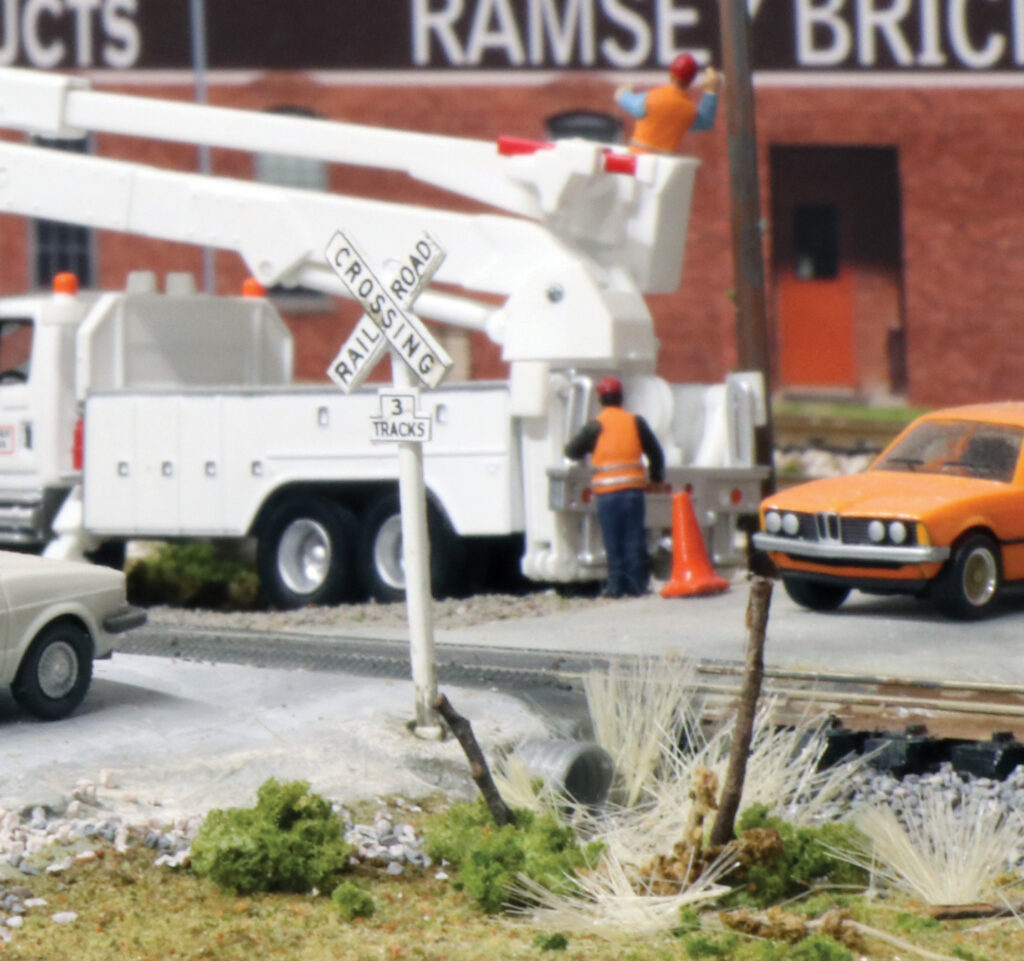
This story was first published in the May/June 2020 issue of Cowcatcher Magazine.
Visit our product review page here.